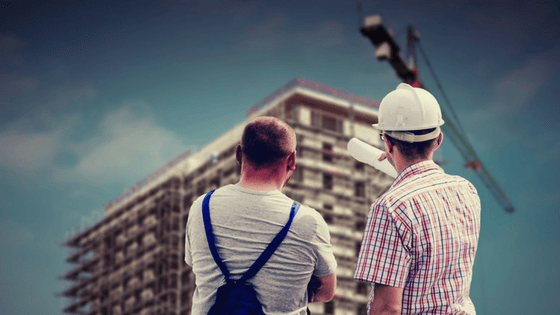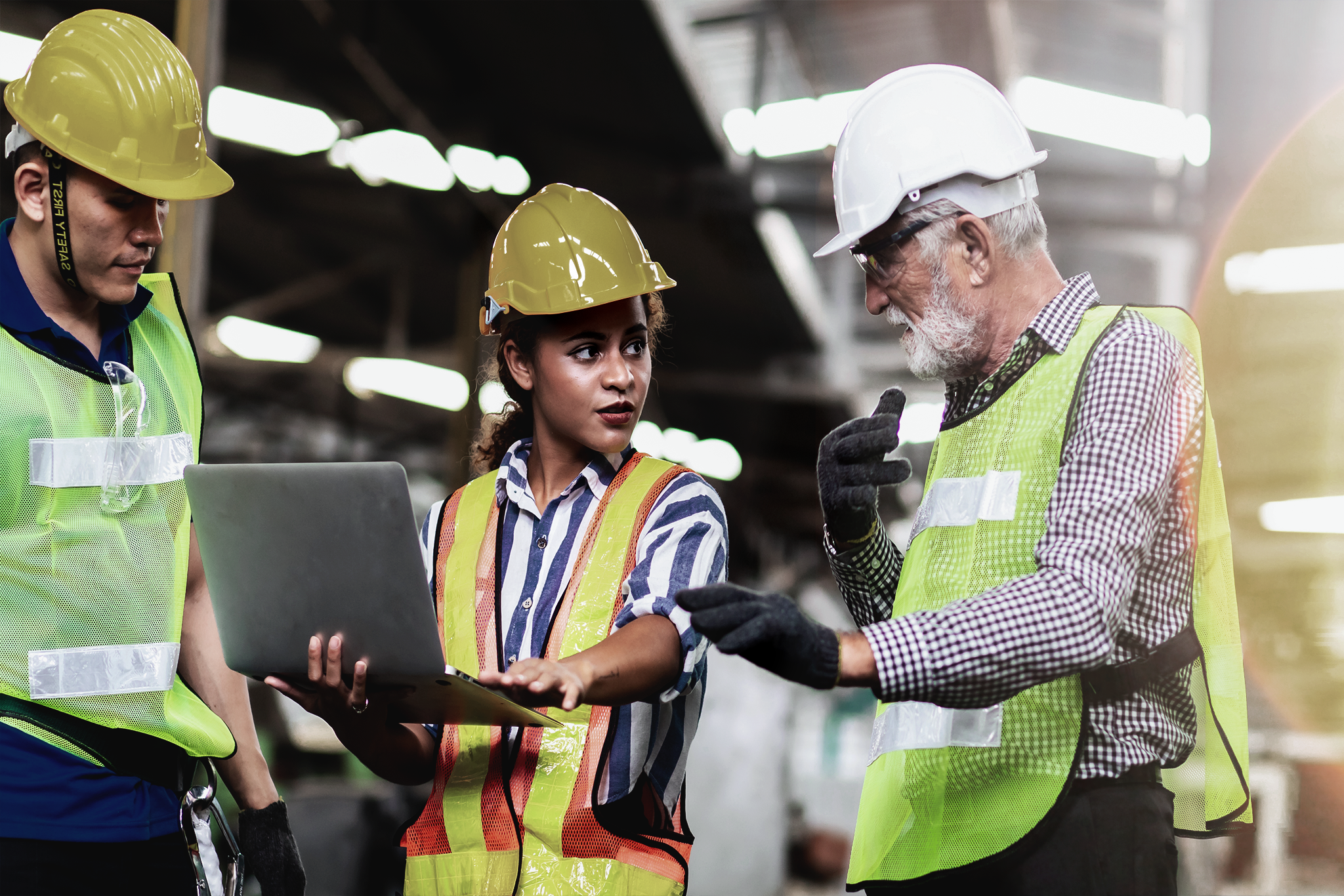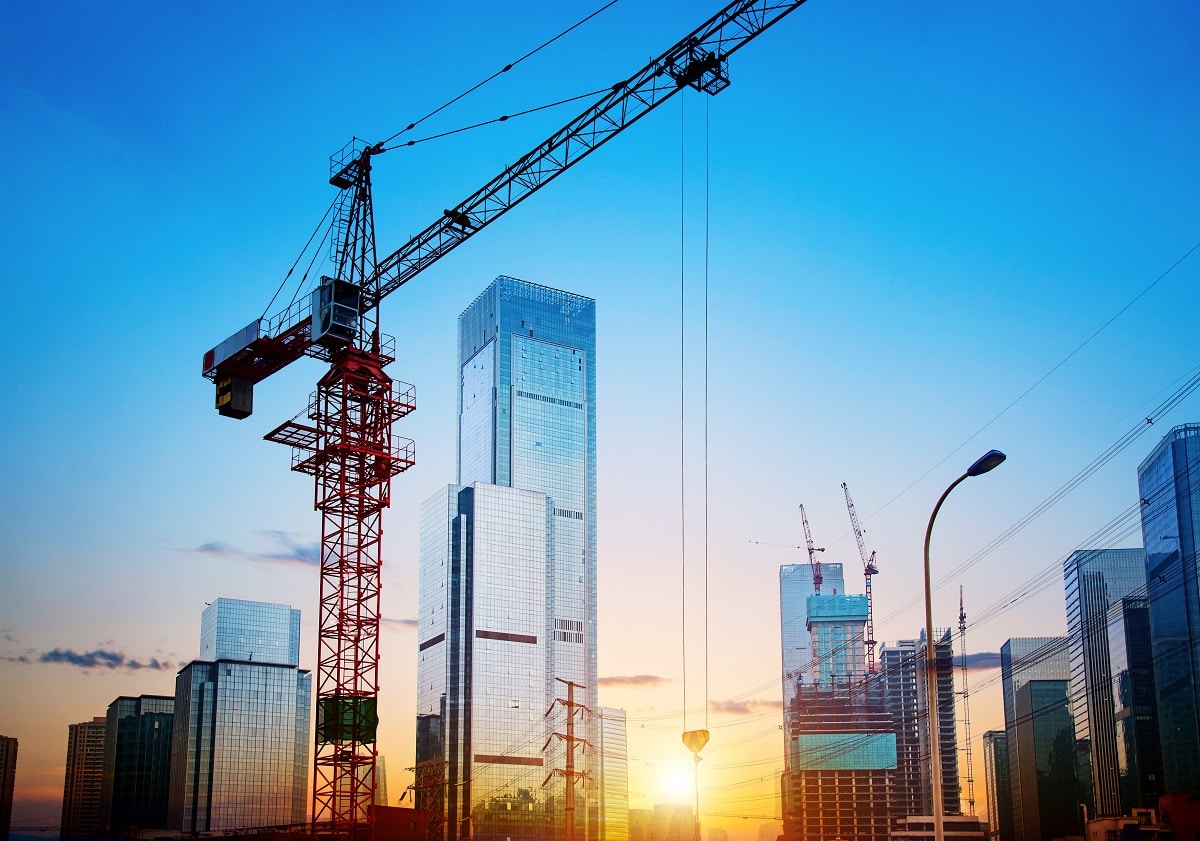In most cases, the discussion around Building Information Modeling (BIM) tends to focus on the potential efficiency and financial benefits that it may entail for the construction industry. Nevertheless, BIM can significantly contribute to the prevention of severe accidents on site, as well. Construction is one of the most hazardous industries to work in and the advent of new technologies has managed to make the life on site a bit safer.
Of course, there are still many steps that need to be taken but BIM has already provided a better insight of what’s taking place on site. In that way, construction managers and all the other agents who are involved in the project can predict and eventually avoid any dangerous situations or choices for their team members.
Before we analyze further the various benefits that the BIM technology can have for construction, it’s necessary that we touch upon the issue of safety in construction by presenting some very interesting and eye-opening statistics.
The issue of safety in construction
As we already mentioned, safety is one of the biggest headaches for anyone who is working in construction. The numbers displayed below can tell the truth about the size of the problem:
- According to the estimations of the International Labour Organisation (ILO), every year minimum 60,000 people are killed on construction sites (one death every 10 minutes in rough estimations).
- One in 5 of all fatal workplace accidents are taking place in construction. On top of that, during the period 2002-2012, 19.5% of workplace deaths are accounting to our industry.
- Falls are the number one reason for losing your life while working on site.
- Fall protection is the most frequently violated standard set by the Department of Labor in the United States.
- A crucial problem has been noticed when it comes to the proper training of inexperienced construction workforce. Based on the findings of the American Bureau of Labor Statistics, 60% of the injuries in construction is happening during the first year of the worker’s employment.
- Last but equally shocking stat is that a construction worker has a 1 in 200 chance of being involved in a deadly accident during a 45-year career.
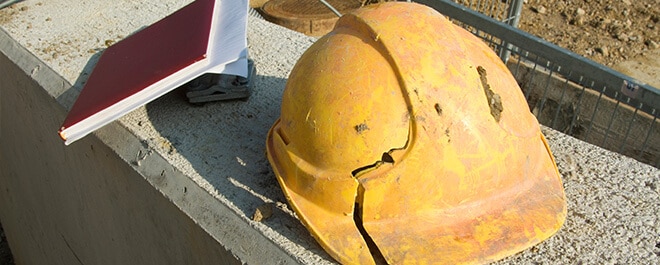
- Photo: Maynardinjurylaw.com
These striking numbers should be a wake-up call for everyone in the industry. There is an imminent need for establishing a more effective risk identification process. In that way, we would be able to tackle the different on-site hazards before they even emerge. In order to achieve this, we have to make good use of every single ‘weapon’ that we have at our disposal and BIM undoubtedly is one of them.
Read here: 5D BIM – How it will help construction
How BIM can help
BIM technology can be the solution to the agonizing issue of safety in construction. It can drastically improve project planning and establish better communication between the different project sides. This unhindered flow of information in combination with a much more efficient big data management can result in a safer construction industry. In a nutshell, here are the ways in which BIM can boost safety in construction:
Smarter risk prediction
If the BIM technology is implemented on the early stages of the project, you can gain a significant advantage in terms of safety. To put it simply, it’s a great idea to invest on the ‘safety by design’ concept. In that manner, you can be sure that many safety bottlenecks will be avoided from the beginning. For example, there may be a way to install a building’s facade from the inside instead of the opposite. That could protect your workers on site from a dangerous fall.
![]()
Deeper safety awareness during the project
By now, it’s understandable that BIM can provide better awareness of the potential hazards around a construction project. The vast amounts of data in combination with the unhindered information flow between the different involved parties allows for a more effective monitoring of the project’s progress. That can tremendously help with identifying the various dangers on site. In a few words, the better the coordination and project planning is the fewer safety threats will emerge.
It’s a great idea to invest on the ‘safety by design’ concept. In that manner, you can be sure that many safety bottlenecks will be avoided from the beginning.
Hazard simulation
Being able to simulate every single construction process can add great value to your endeavor of making the construction site safer. A powerful feature that could be widely used in construction is “virtual safety tours”. This would allow for a virtual navigation around the site and an easy way to detect and eventually prevent any hazardous situations.
Furthermore, it becomes easier for you to test different scenarios and come up with the most efficient safety strategy possible. Based on this, you can later on create priceless safety guidelines for the people who work on site.
Want to learn more? The future of construction – BIM
Better Big Data management
Construction projects can get extremely messy when it comes to the amount of the available data. The inability to process this information properly can cause substantial problems to the whole project. Safety is, of course, one of the most fundamental parts of the equation.
In that sense, solid big data management can lead to a trustworthy safety plan. By establishing such a smart procedure, you can also feel safe that the right information will reach to the right people. A significant decision-making boost in other words.
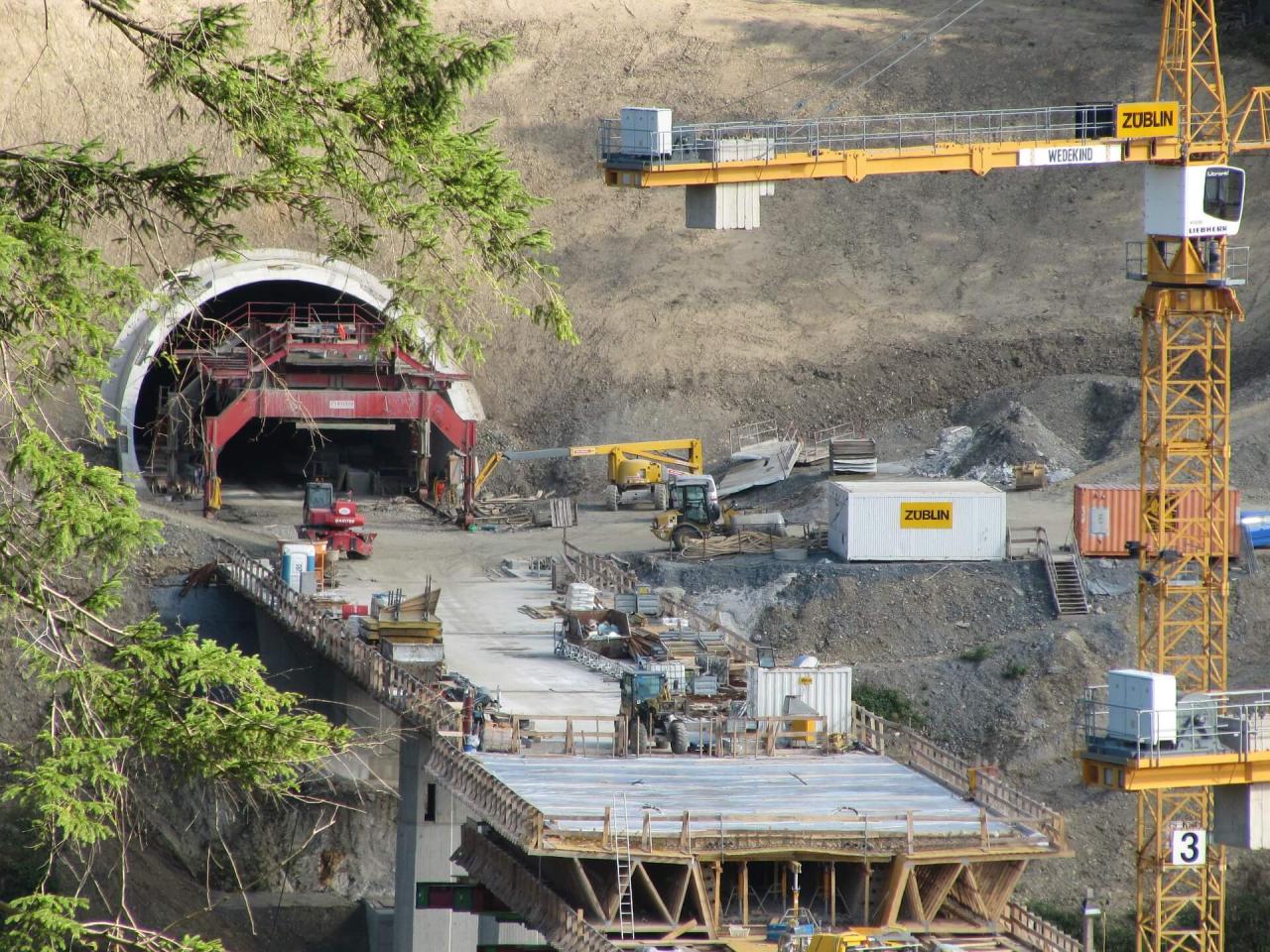
Astute accident investigation
Working in construction can be dangerous. Regardless of the precautions that you have taken, accidents can always happen. In such cases, BIM can be the best ally in your effort to shed some light on the circumstances under which the accident took place.
All the project-related information will be at your disposal and in that aspect you can easily detect the mistake(s) that led to the accident. This full documentation of the whole project can be also used for resolution of disputes related to the undesirable event.
Conclusion
All in all, it becomes obvious that BIM can empower safety on site during the completion of a construction project. It provides the ability to predict and prevent perilous situations even from the design phase. The capacities that BIM offers are almost endless and for that reason, investing on this cutting-edge technology can only benefit the future of construction.
